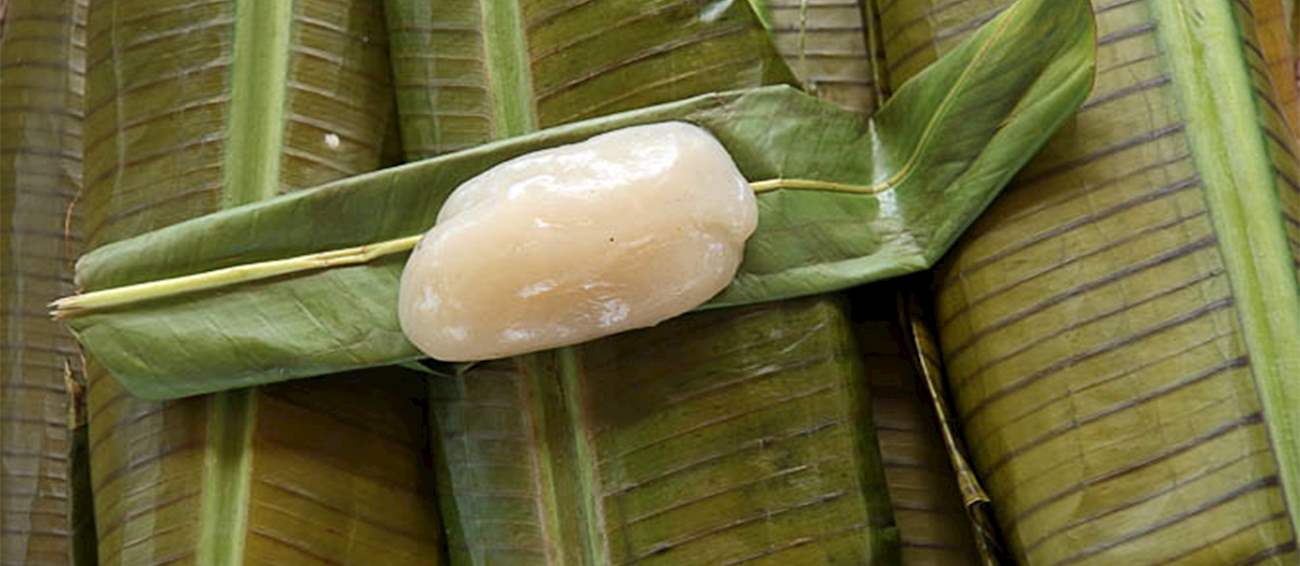MAIN INGREDIENTS
Dim sims are deep-fried or steamed dumplings filled with pork or other meat, cabbage, and flavorings. Although inspired by the traditional Chinese cuisine both in ingredients and the name of the dish, the Australian version differs from Chinese dumplings in size and thickness of the dumplings (they are larger and thicker than the traditional Chinese versions).
The dish was invented in Melbourne around 1945 by a Chinese chef named William Wing Young, who created the dumplings for his restaurant, called Wing Lee. Dim sims, affectionately called dimmies, are typically dipped in soy sauce before consumption, and can often be found in fish and chips shops, corner stores, and some Chinese restaurants in Australia.
MOST ICONIC Dim sim
View moreThese small, rectangular-shaped dumplings come from the coastal regions of Papua New Guinea. They are made with sago (sometimes substituted with cassava) and mashed bananas, and the combination is then wrapped in banana leaves and boiled in coconut milk.
If banana leaves are unavailable, aluminum foil is a worthy substitute. The dumplings are typically consumed for lunch or dinner.
MAIN INGREDIENTS
Topoi is a Fijian dumpling made with wheat flour, coconut milk or cream, and sugar. The dough is shaped into balls, which are then simmered in a pot of boiling water until soft and thoroughly cooked. Once boiled, the dumplings are taken out, and the remaining water is further cooked with additional coconut milk until it has thickened to a porridge-like consistency.
The dumplings can be consumed either on their own or with the porridge mixture. Topoi is a typical Fijian breakfast that is usually accompanied by butter, jam, and a cup of steaming tea on the side.
TasteAtlas food rankings are based on the ratings of the TasteAtlas audience, with a series of mechanisms that recognize real users and that ignore bot, nationalist or local patriotic ratings, and give additional value to the ratings of users that the system recognizes as knowledgeable. TasteAtlas Rankings should not be seen as the final global conclusion about food. Their purpose is to promote excellent local foods, instill pride in traditional dishes, and arouse curiosity about dishes you haven’t tried.












